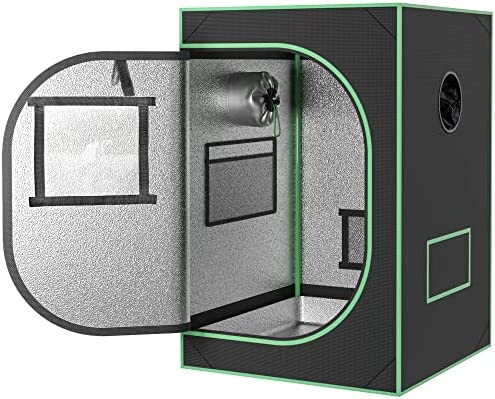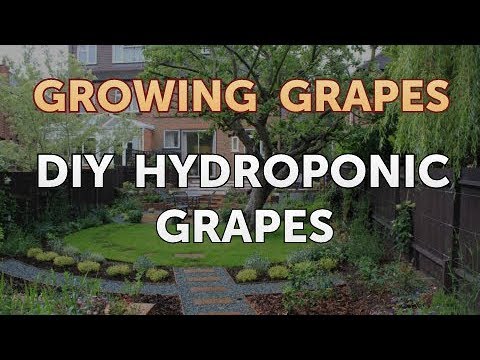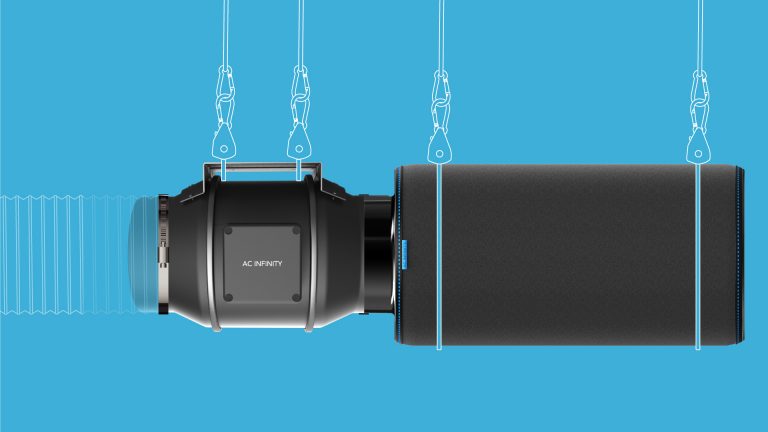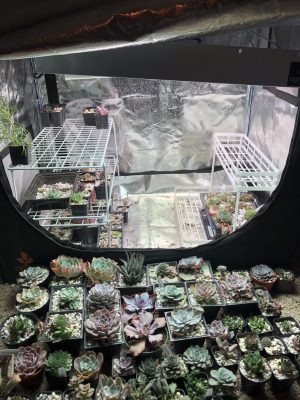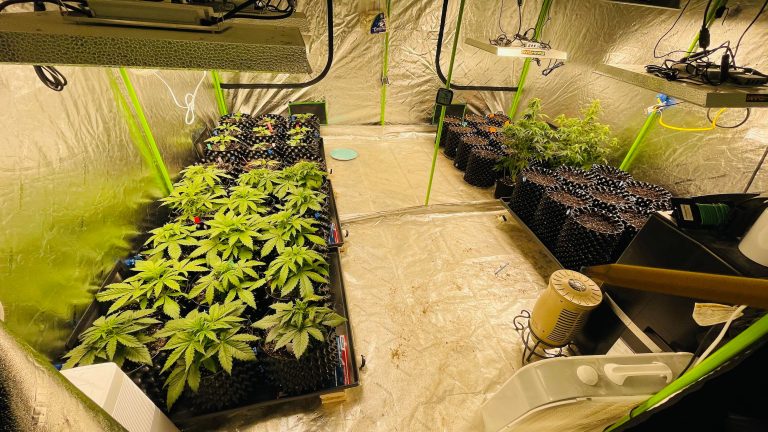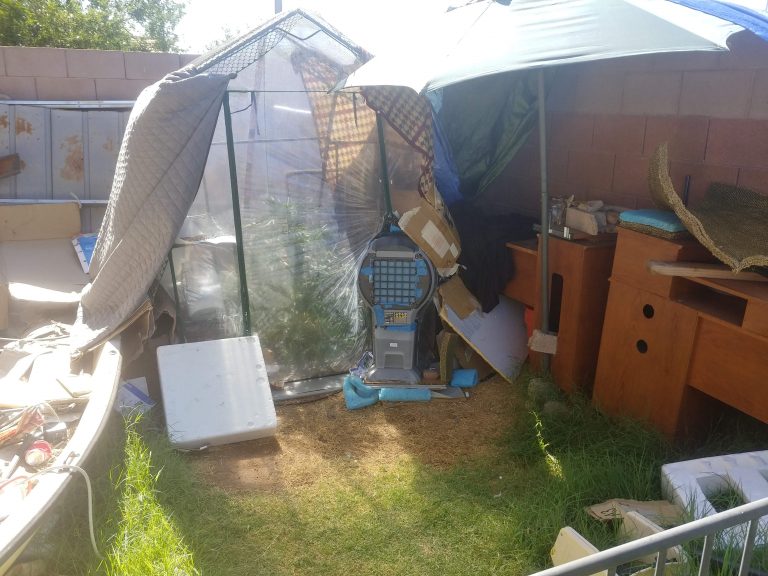Are Grow Tents Light Proof
Whether you’re a beginner or a seasoned grower, chances are you’ve considered using a grow tent. Grow tents are an easy way to create a controlled environment for your plants, and they come in a variety of sizes to fit any space. But one of the most important things to consider when choosing a grow tent is whether it is light proof.
Lightproofing your grow tent is essential to creating the ideal growing environment for your plants. Light leaks can disrupt your plant’s natural circadian rhythms, which can lead to stunted growth or even death. Additionally, light leaks can also attract unwanted pests, like insects or rodents, into your grow space.
Are Grow Tents Light Proof?
If you’re looking for a way to keep your grow operation discreet, you may be wondering if grow tents are light proof. The good news is that most grow tents are indeed light proof, meaning that any light that comes into contact with the tent will be blocked out.
This is essential for keeping your plants from being seen by unwanted eyes, and it also helps to prevent heat build-up inside the tent. There are a few things to keep in mind when choosing a grow tent, however, to make sure that it is truly light proof.
First, take a look at the seams of the tent.
If they are not sealed properly, light can seep through them and ruin your plants. Make sure that the seams are reinforced and well-sealed before purchasing the tent. Second, check to see if the material of the tent is thick enough to block out all light.
Some cheaper materials may let some light through, so it’s important to choose a quality product. Lastly, pay attention to how tight the fit is around the doorframe and windows; if there are gaps, light can come in through those as well.
How to hide Cannabis Smell when home growing ( + easy hack not many know about)
How Do I Make My Grow Tent Light Proof?
A grow tent is an essential piece of equipment for any indoor gardener. Not only do they provide a contained space for your plants, but they also help to regulate temperature and humidity levels, ensuring that your plants have the ideal growing conditions. One of the most important things to consider when setting up a grow tent is making sure that it is light proof.
This is especially important if you are growing sensitive plants that require complete darkness to thrive.
So, how do you make your grow tent light proof? The first step is to choose a tent that has thick, opaque walls.
This will help to block out any external light sources. You can also purchase reflective Mylar sheets to line the inside of your grow tent; these will reflect any stray light back onto your plants, preventing them from being damaged by too much exposure. Once you have set up your grow tent and made sure that it is as light-proof as possible, you can then focus on creating the perfect environment for your plants inside it.
By following these simple tips, you can ensure that your Grow Tent provides the ideal conditions for healthy plant growth!
Are Grow Tents Light Tight?
Grow tents are light proof. This is important because if your grow room is not light proof, then you will have problems with your plants getting enough light. If your grow room is not light proof, then you will also have problems with heat and humidity control.
Are Gorilla Grow Tents Light Proof?
Yes, Gorilla Grow Tents are light proof. They use a mylar material that is impermeable to light, so no light can enter the tent. This means your plants will get the darkness they need to grow and thrive.
Can You Have Too Many Lights in a Grow Tent?
Whether you are growing one plant or an entire crop, the amount of light your grow tent receives is crucial for photosynthesis. But can you have too many lights in a grow tent? The answer is yes – and no.
Here’s what you need to know about using lights in a grow tent, and how to avoid overdoing it.
The Right Amount of Light
Plants need light for photosynthesis, which is how they convert sunlight into energy.
Too little light will result in stunted growth, while too much light can damage leaves and hinder photosynthesis. The right amount of light will vary depending on the type of plant you are growing, as well as the stage of growth. For example, seedlings need less light than mature plants.
In general, most plants do best with 12-16 hours of light per day during vegetative growth (the phase when leaves and stems are growing), followed by 8-12 hours of darkness to encourage flowering. If you are using artificial lights, you will need to mimic this natural cycle with a timer.
Types of Lights
There are three main types of lights used for indoor gardening: incandescent bulbs, fluorescent tubes and LEDs (light emitting diodes). Each has its own benefits and drawbacks:
* Incandescent bulbs emit a lot of heat along with light, so they are not very efficient or effective for indoor gardening unless they are used sparingly (for instance, as accent lighting).
* Fluorescent tubes emit less heat than incandescent bulbs but they still require special fixtures (ballasts) to work properly; plus, they contain mercury so they must be disposed of properly when they burn out.

Credit: www.green-qube.com
Grow Tent Passive Intake Light Leak
If you’re growing indoors, one of the most important things you can do is to make sure your grow tent is airtight. This will help to keep out pests and mold, and also prevent light from leaking in.
One way to ensure an airtight seal on your grow tent is to use a passive intake vent.
This type of vent has a flap that seals shut when not in use, and only opens when the fan is turned on. This ensures that there’s no gap for light or pests to get in.
Another way to prevent light leaks is to use black out fabric around the edges of your grow tent.
This will block any light that might try to sneak in through cracks or gaps.
With these simple tips, you can create a dark, cool, and pest-free environment for your indoor plants!
Grow Tent Light Baffle
If you’re looking to increase the efficiency of your grow tent’s lighting, a light baffle is a great way to do it. A light baffle is a simple device that helps to reflect and distribute light more evenly throughout your grow space. By doing so, you can ensure that your plants are getting the most out of your grow lights.
There are a few things to keep in mind when choosing a light baffle for your grow tent. First, consider the size of your space and how much light you need to cover it. Second, think about the specific type of lights you’re using and whether or not the baffle will be compatible with them.
And finally, take into account the overall design of your tent when selecting a light baffle – you want something that will fit well and not interfere with any other equipment or ventilation in place.
Once you’ve taken all of these factors into consideration, it’s time to choose the right light baffle for your needs. There are many different types and styles on the market, so take some time to compare options before making your final decision.
With a little research, you can find the perfect solution for increasing the efficiency of your grow tent’s lighting system!
Grow Tent With Light
There are many things to consider when setting up a grow tent with light. The most important factor is the amount of light that your plants will need. Depending on the type of plant, they will require different types and intensities of light.
Make sure to research your specific plant species so that you can provide them with the right type of lighting.
In addition to the right type of light, you will also need to provide ventilation for your grow tent. This is important because it will help to regulate the temperature and humidity levels inside the tent.
Without proper ventilation, your plants could suffer from heat stress or other problems.
Finally, you will need to choose the right location for your grow tent. It should be in an area where it can receive plenty of natural light during the day.
If you are using artificial lights, make sure that they are not too close to each other as this could cause uneven growth.
Best Grow Tent Setup
The best grow tent setup will provide you with the ability to control the environment in which your plants are growing. By having a controlled environment, you can ensure that your plants are getting the optimal conditions for growth. This includes things like temperature, humidity, light, and ventilation.
When it comes to choosing a grow tent, there are many different sizes and styles to choose from. It is important to select a grow tent that is appropriate for the size of space you have available as well as the number of plants you plan on growing. Once you have selected a grow tent, setting it up is relatively easy.
Most tents come with everything you need to get started including an instruction manual.
One of the most important aspects of setting up your grow tent is ensuring that it is properly ventilated. Good ventilation is essential for regulating temperature and preventing stagnant air from building up inside the tent.
Another important consideration when setting up your grow tent is lighting. Plants need light in order to photosynthesize and produce food for themselves. There are many different types of lighting systems available for purchase, so be sure to do some research before making a decision.
Once you have set up yourgrow tent and have all of your equipment in place, it’s time to start planting! Be sure to select plant varieties that are well suited for growing indoors under artificial lights. With proper care and attention, your indoor garden will thrive!
Growing Tent Kit
A grow tent kit is a great way to get started with indoor gardening. They provide everything you need to get started, including the tent, lights, fans, and soil. Grow tents are ideal for small spaces, like apartments or garages, and can be easily set up in a matter of minutes.
Plus, they’re relatively inexpensive compared to other methods of indoor gardening.
If you’re looking for a grow tent kit, there are a few things to keep in mind. First, decide what size you need.
Grow tents come in all different sizes, from small 2-foot by 2-foot models to large 8-foot by 8-foot tents. It all depends on how much space you have and how many plants you want to grow.
Second, choose the right type of light for your needs.
There are two main types of grow lights: fluorescent and led. Fluorescent lights are cheaper and use less electricity than led lights, but they don’t produce as much light. Led lights are more expensive but use less electricity and produce more light.
If you’re not sure which type of light is best for your needs, ask someone at your local garden store for advice.
Finally , pick out some accessories for your grow tent kit . These might include an air conditioner , humidifier , or dehumidifier .
Again , it all depends on your specific needs . But these extra items can help create the perfect environment for your plants to thrive .
Once you have all the items you need , setting up your grow tent kit is easy .
Most kits come with instructions that will walk you through the process step – by – step . And once everything is set up , all you have do is sit back and watch your plants grow !
Grow Tent Kits for Beginners
Grow tents are ideal for beginner gardeners who want to start growing their own plants. These kits come with everything you need to get started, including the grow tent, lights, fans, and soil. They’re easy to set up and take down, and they’re an affordable way to get started with indoor gardening.
If you’re looking for a grow tent kit, there are a few things to keep in mind. First, decide how large of a space you have available. Grow tents come in all different sizes, so you’ll want to make sure you choose one that will fit in your space.
Second, consider what type of plants you want to grow. Some plants need more light than others, so make sure the grow tent kit you choose has enough light for your needs. Lastly, think about what kind of budget you have for this project.
Grow tent kits can range in price from a few hundred dollars to over a thousand dollars.
Large Grow Tent
A large grow tent can be a great investment for any gardener, whether you are a beginner or an experienced pro. They provide an easy way to create a controlled environment for your plants, and can be easily assembled and disassembled as needed. Grow tents also offer protection from pests and weather, making them ideal for both indoor and outdoor use.
When choosing a grow tent, it is important to consider the size of the space you have available. If you are only growing a few plants, then a smaller tent will suffice. However, if you plan on growing larger plants or multiple crops, then a larger tent will be necessary.
There are many different sizes of grow tents available on the market, so it is important to select one that will fit your needs.
In addition to size, another important consideration when selecting a grow tent is the type of fabric used. The most common type of fabric used in grow tents is polyester, which is durable and breathable.
This type of fabric allows air to circulate around the plants while still providing adequate protection from pests and weather conditions. If you plan on using your grow tent in an area with high humidity levels, then it is important to choose a tent made from PVC-coated polyester, which will resist mildew and mold growth.
Once you have selected the perfect grow tent for your space and needs, setting it up is relatively simple.
Most tents come with everything you need for assembly included in the package, so all you need to do is follow the instructions provided. Once your tent is set up, then you can start adding soil and plants!
Hydroponic Grow Tent
A grow tent is an enclosed growing area that is specifically designed for plants. Grow tents are often used by hydroponic growers because they provide a controlled environment in which to grow plants. Hydroponic grow tents have several benefits over traditional soil-based growing methods.
Grow tents offer a controlled environment for plants, which means that the temperature and humidity can be regulated. This is important for hydroponic growers because it allows them to control the amount of water and nutrients that the plants receive. Grow tents also keep out pests and diseases, which can destroy a crop.
Hydroponic grow tents are typically made from lightweight materials, such as PVC or polyester, which makes them easy to set up and take down. They are also usually equipped with ventilation systems and lighting fixtures, which make them ideal for indoor growing.
Conclusion
Are grow tents light proof? Yes, most are. But there are a few things to look for when choosing a grow tent to make sure you’re getting one that will completely block out all light.
First, check the seams of the grow tent. If they’re not taped or if there are any gaps, light can get in. Second, check the zippers.
Make sure they close tightly and that there aren’t any gaps around them. Third, look at the fabric itself. Some fabrics are more light-resistant than others.
fourth, If you’re using an LED grow light , make sure it has a tight-fitting reflector hood . fifth, Get a light meter and test your grow room before planting to make sure no light is getting in.
